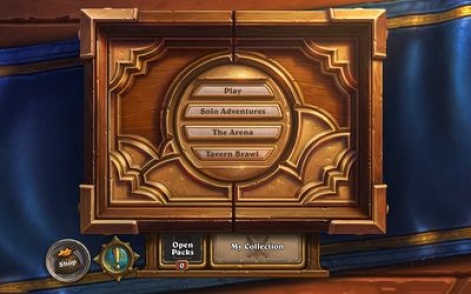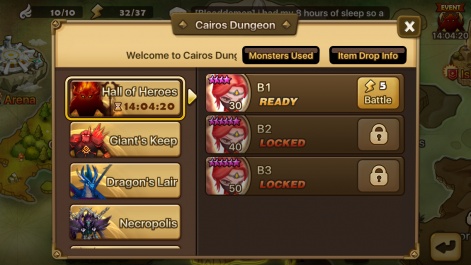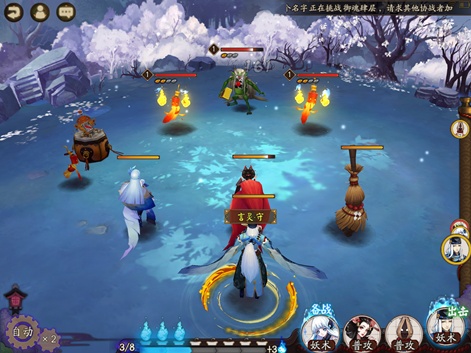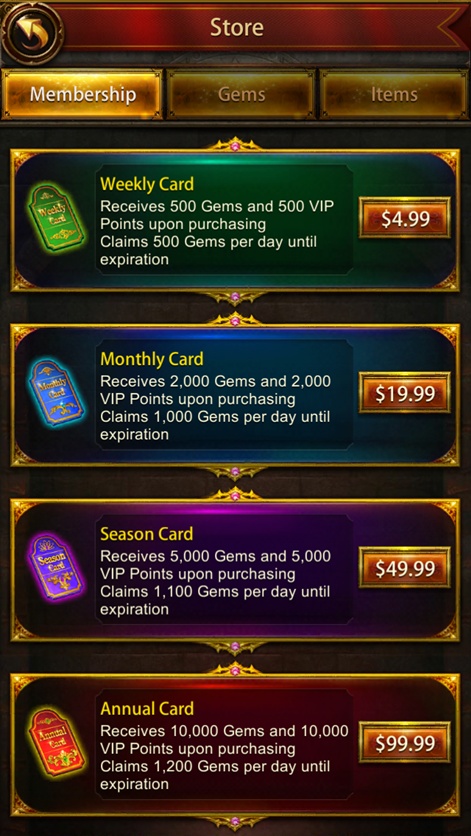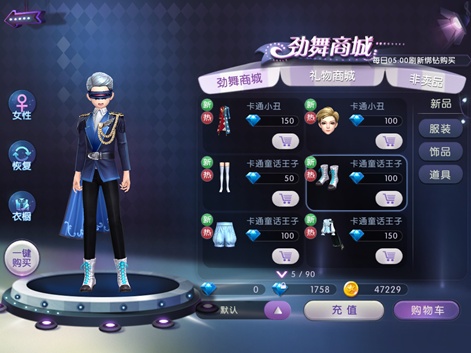China has rapidly become the most lucrative market for mobile games in the world - and it's still growing.
It’s by no means an easy market to crack though. Notwithstanding that Western developers will need to partner with a local publisher to jump through the regulation hoops, Chinese players have particular tastes.
Understanding Chinese culture and mobile game trends is key to developing a top grossing game, should high revenues be your aim.
Hottest features
To help you crack the local market, here you’ll find a rundown of the top features that developers should consider before launching their game in the country to maximise their chances of success.
The data comes from GameRefinery, which lets developers identify winning features, calculate the revenue potential of feature sets and get inspiration for innovative features from games and markets. It analyses 180+ features across the top 200 grossing games as well as hundreds of titles outside those rankings.
This data doesn’t guarantee success, of course. But it can act as a useful indicator of Chinese gaming trends and provide useful information on your chances of success in the market based on the most important factor for any game – its design.
We’ve previously broken down the most popular features in Japan, which you can read here.
Click below to discover more about popular features in China.
Click here to view the list »


